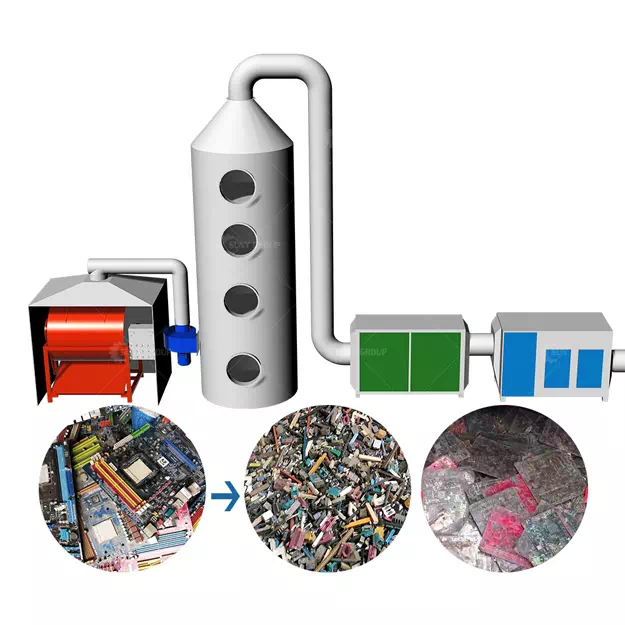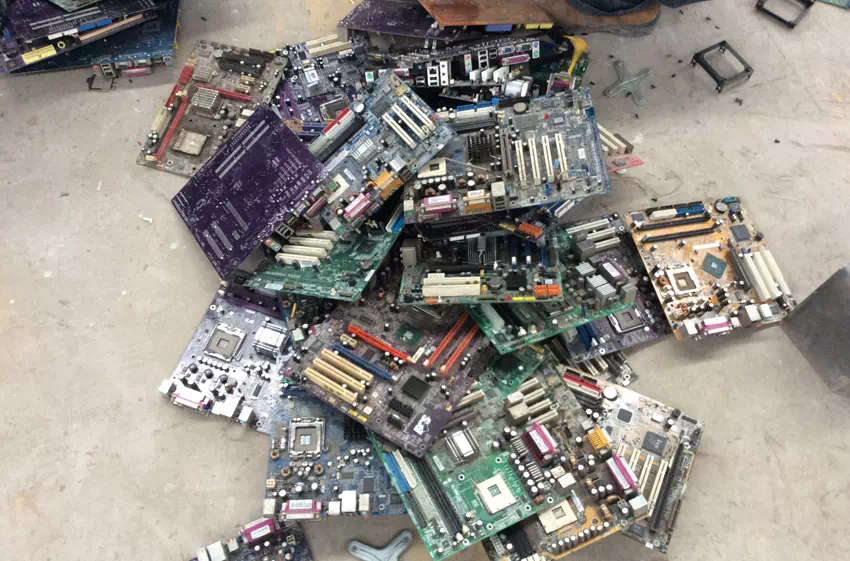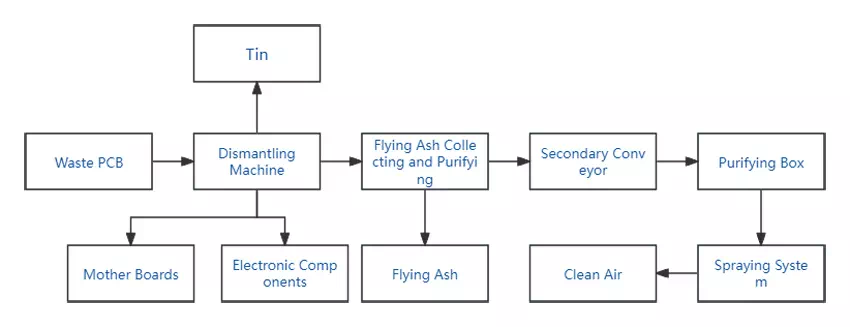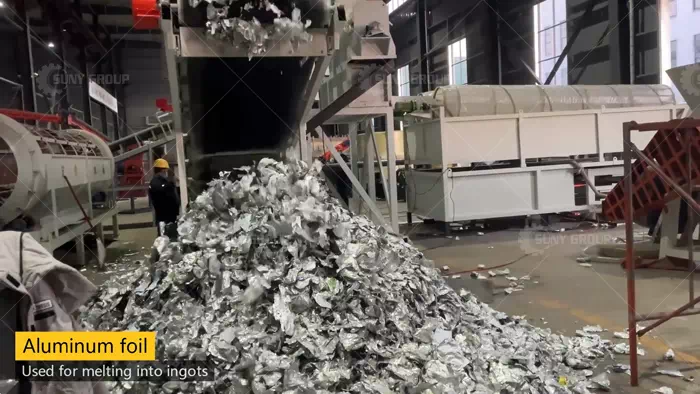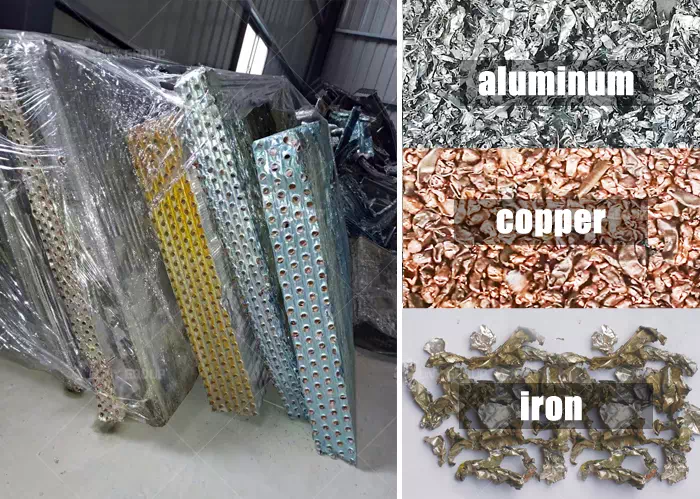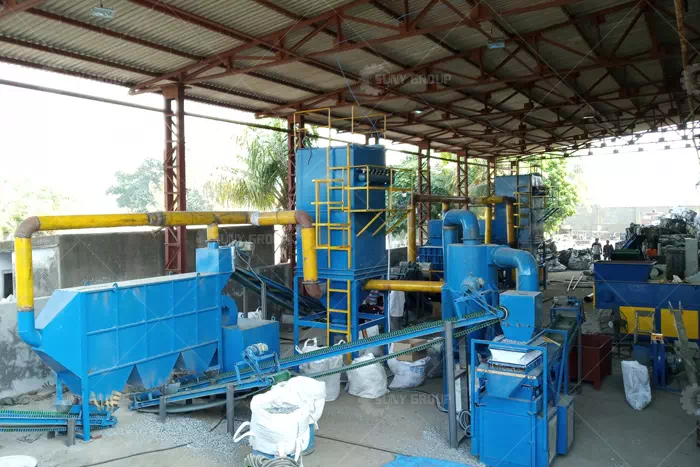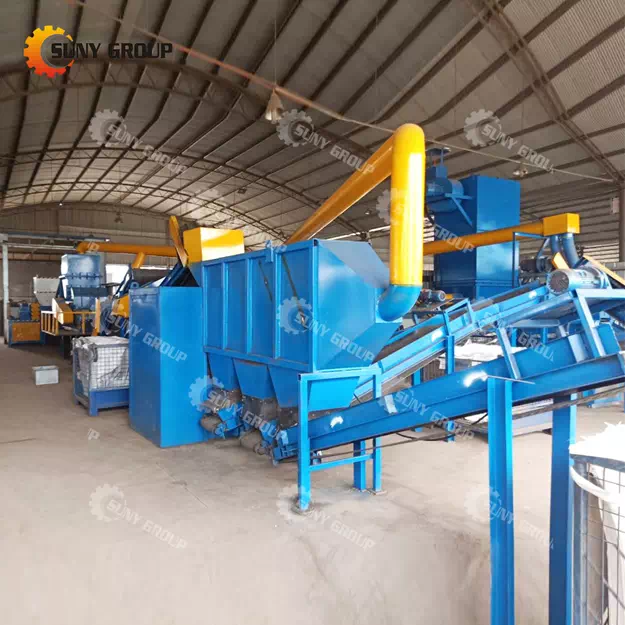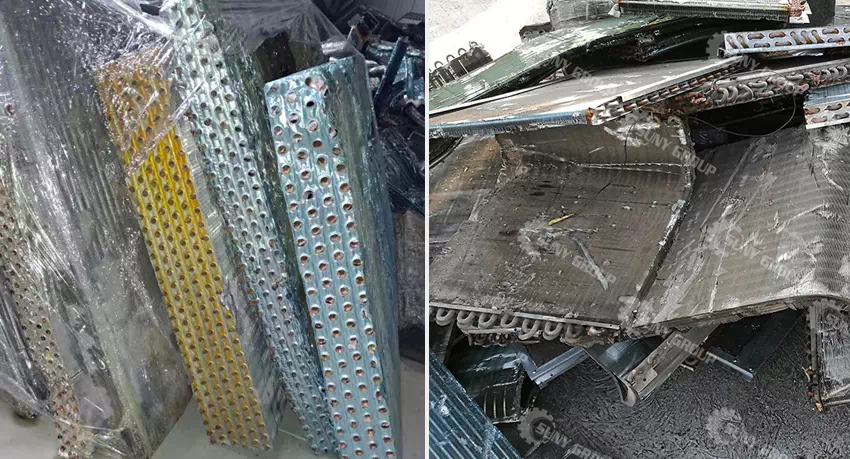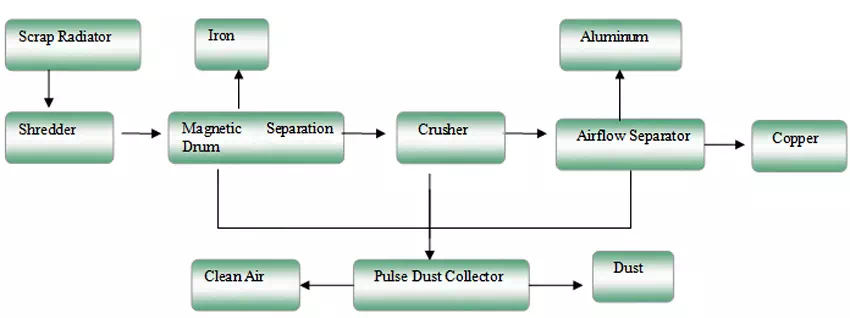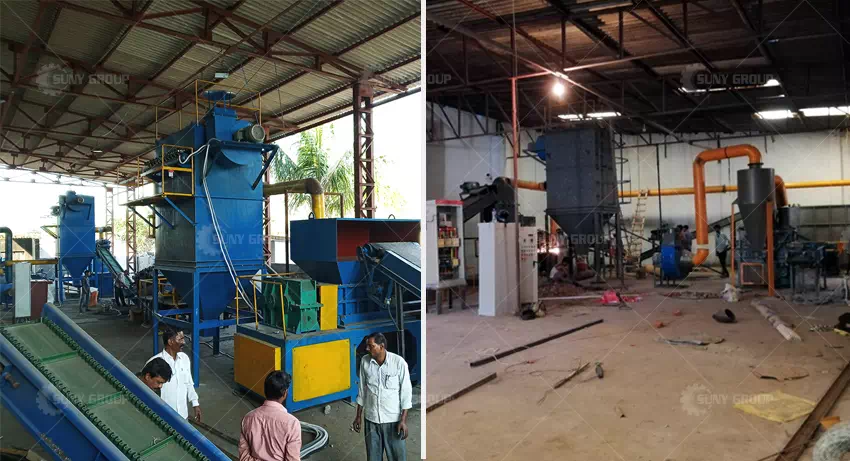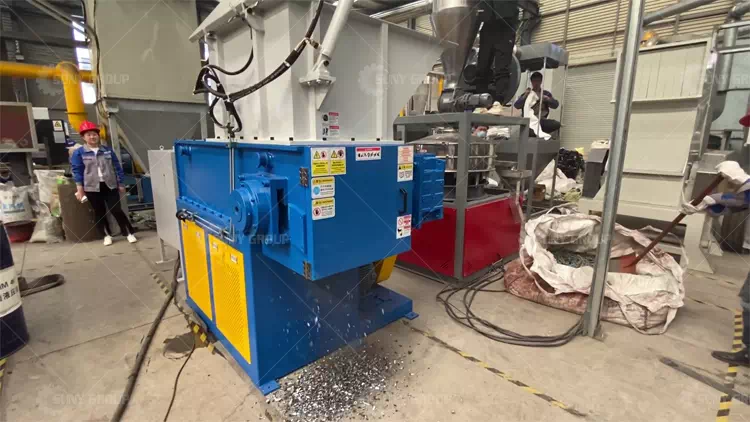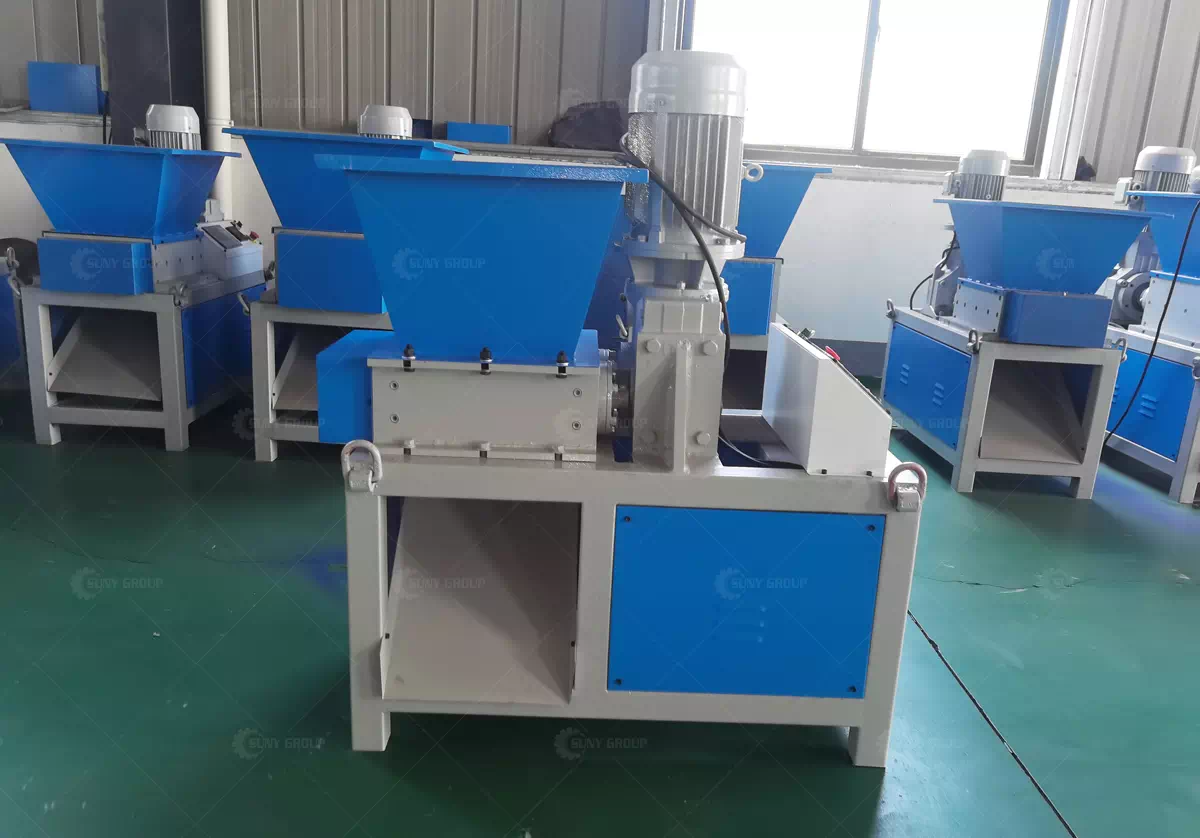Recycling old photovoltaic (PV) panels is an important step towards reducing electronic waste and maximizing the environmental benefits of solar energy. Here are some steps and considerations for recycling old PV panels:
Check local regulations: Before recycling PV panels, familiarize yourself with the local regulations and requirements for electronic waste recycling. Contact local recycling centers, waste management authorities, or environmental agencies to understand the specific guidelines and procedures for recycling PV panels in your area.
Contact the manufacturer: Reach out to the manufacturer of the PV panels or consult their website to inquire about their recycling program. Many manufacturers have established take-back or recycling programs for their products and can provide guidance on how to properly recycle their panels.
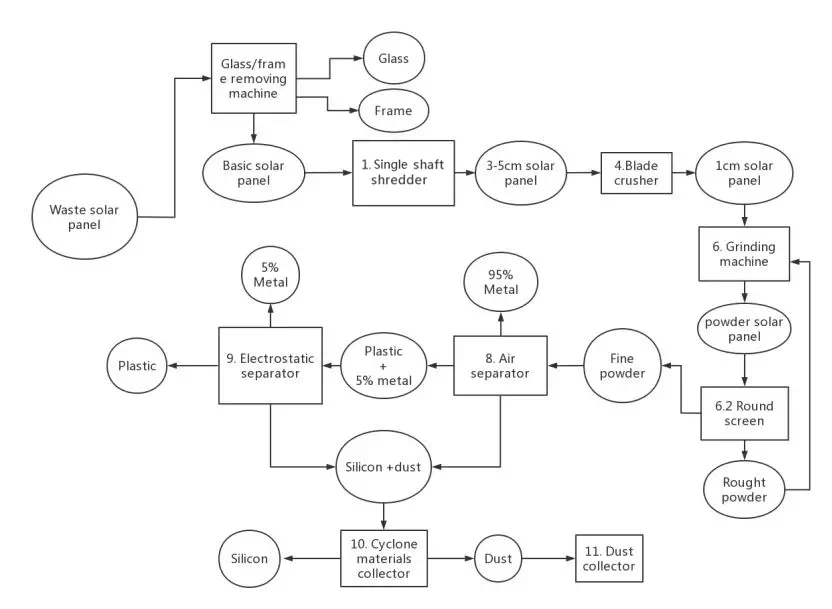
Solar panel recycling flow chart
Find specialized recycling facilities: Look for specialized PV panel recycling facilities or electronic waste recycling centers in your area. These facilities have the expertise and equipment to handle the proper dismantling and recycling of PV panels. They can ensure that valuable materials are recovered and hazardous substances are handled safely.
Arrange transportation: If necessary, make arrangements for transportation of the old PV panels to the recycling facility. Some facilities may offer pickup services or have drop-off locations where you can bring the panels for recycling. Follow any packaging or transportation requirements provided by the recycling facility to ensure safe transportation of the panels.
Dismantle and separate components: At the recycling facility, the PV panels will be dismantled to separate different components for recycling. This process typically involves removing the glass, aluminum frames, silicon cells, and other materials. Trained technicians at the facility will handle this step to ensure the safe extraction of valuable materials.
Material recovery: The separated components will undergo further processing for material recovery. The glass can be recycled and used in various applications, while the aluminum frames can be melted down and reused. The silicon cells, which contain valuable metals like silver and copper, can be processed to recover these metals for reuse in new PV panels or other electronic devices.
Proper disposal of hazardous materials: PV panels may contain small amounts of hazardous materials, such as lead, cadmium, or antimony. Recycling facilities are equipped to handle these substances safely and ensure they are properly disposed of or recycled in accordance with environmental regulations.
By following these steps and collaborating with specialized recycling facilities, you can contribute to the responsible and environmentally friendly disposal of old photovoltaic panels. Recycling allows valuable materials to be recovered, reduces the demand for raw materials, and minimizes the environmental impact of electronic waste.




